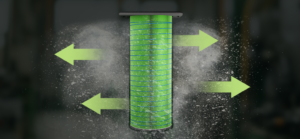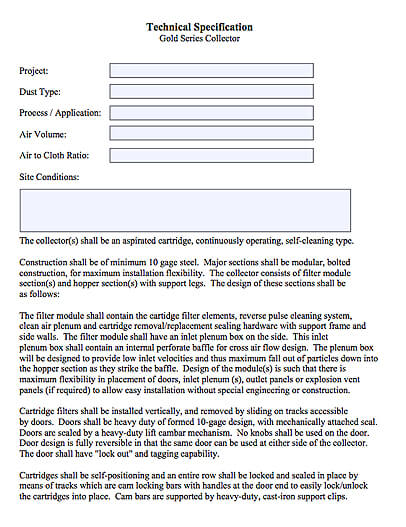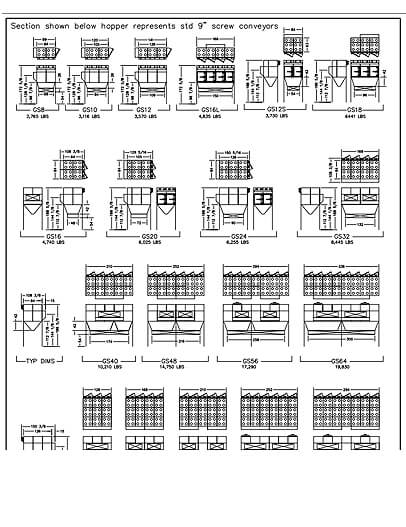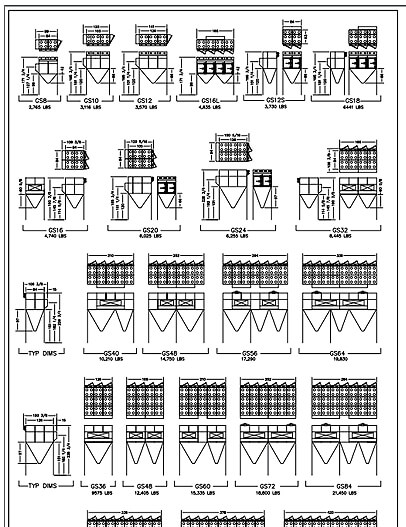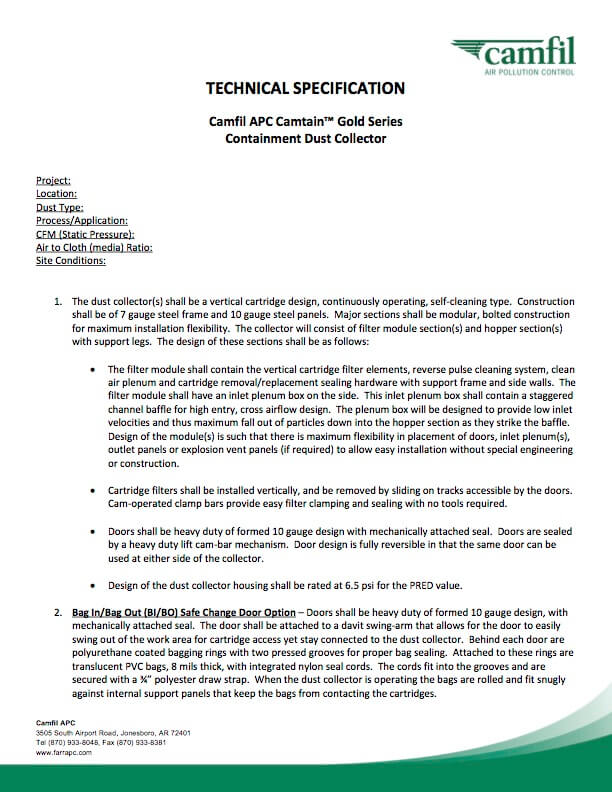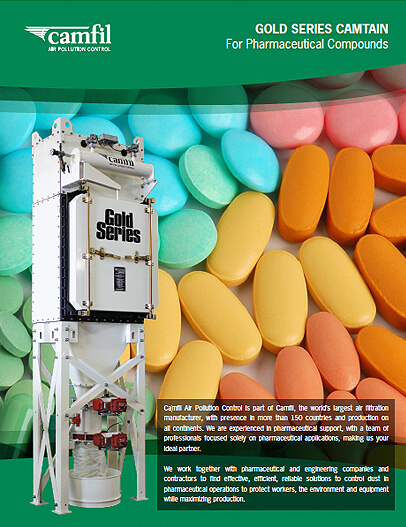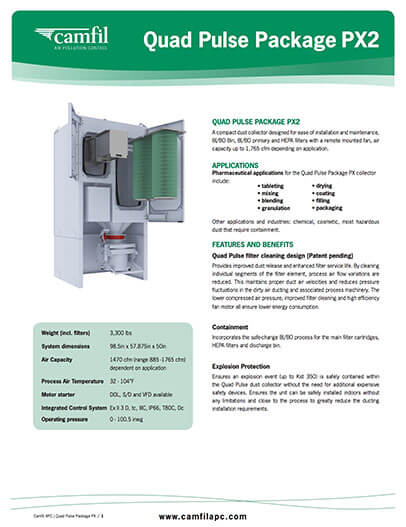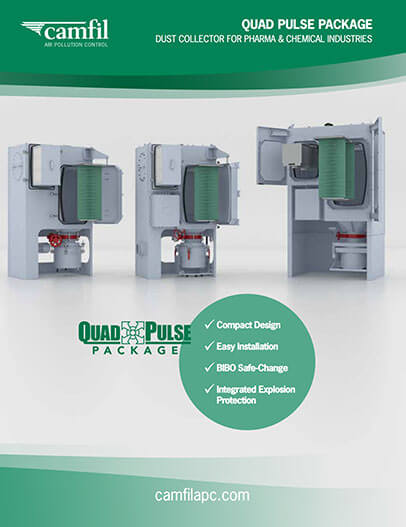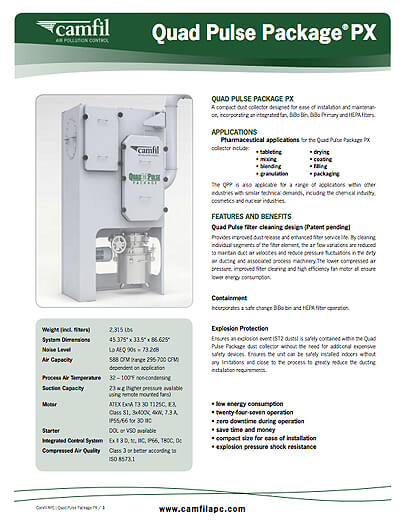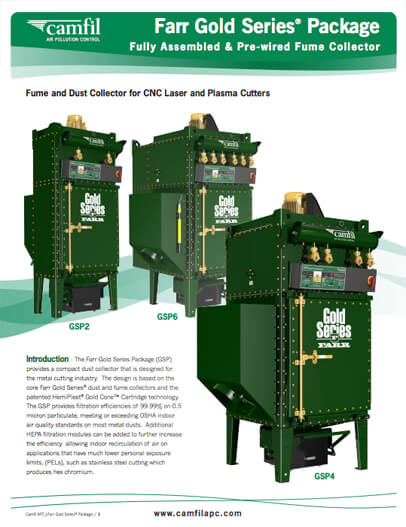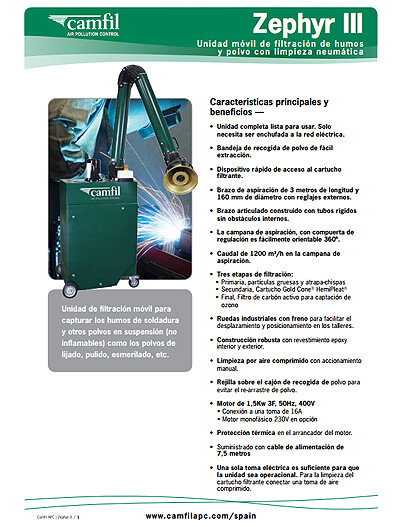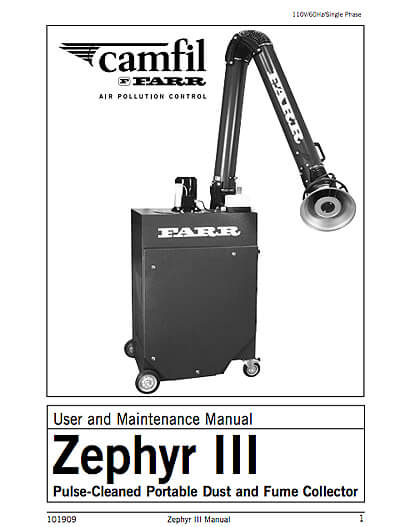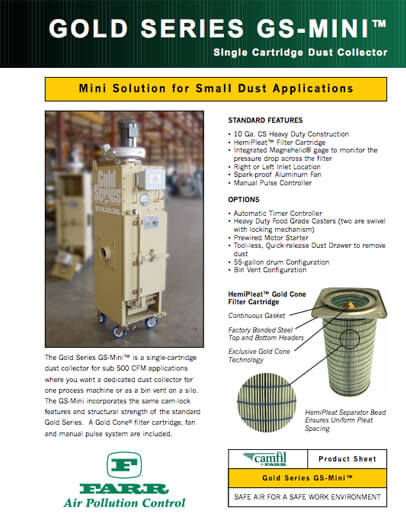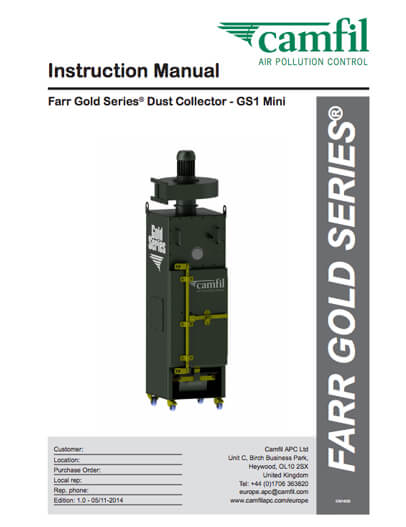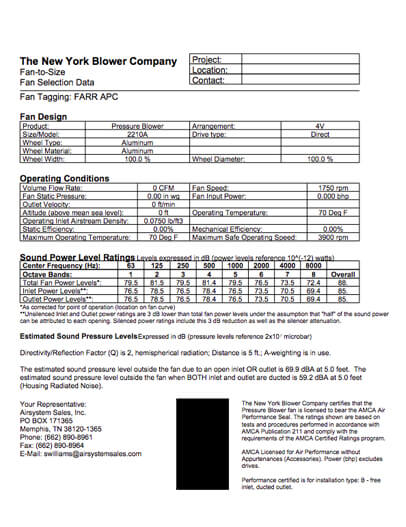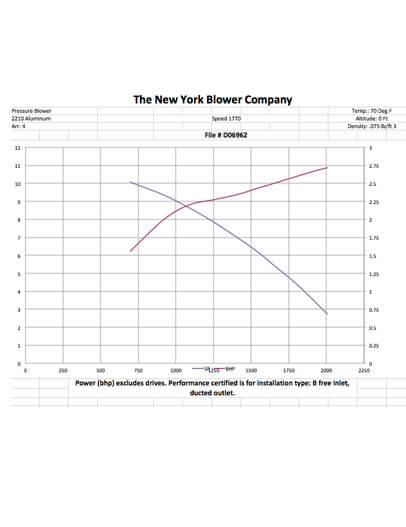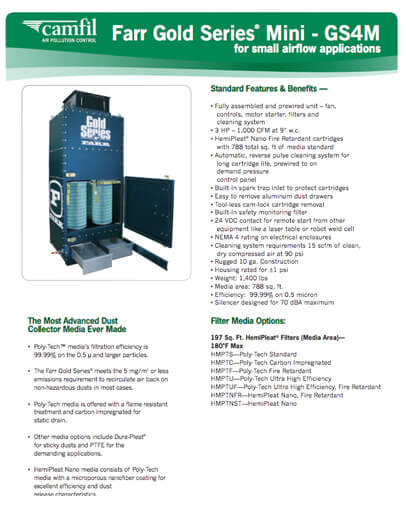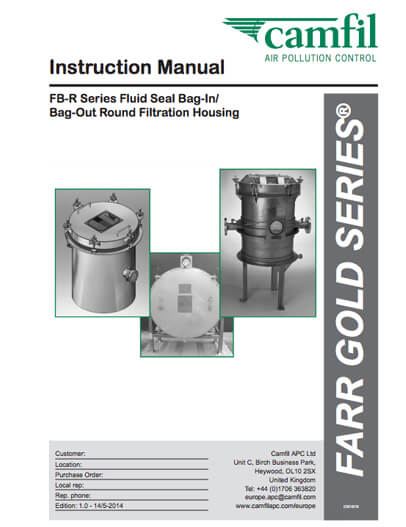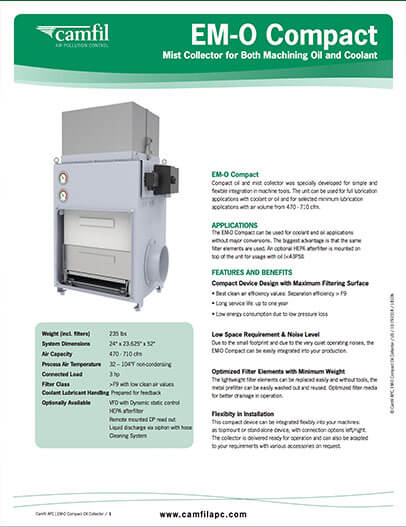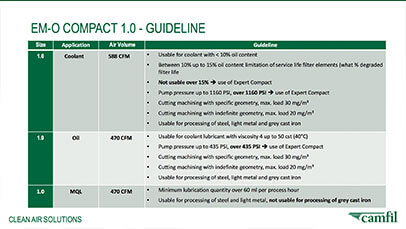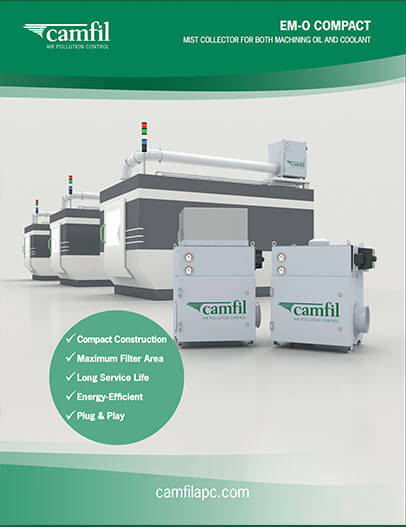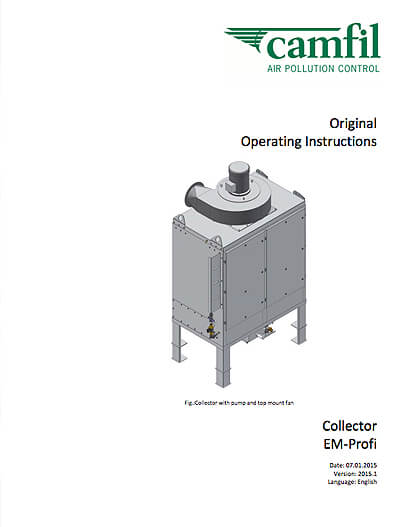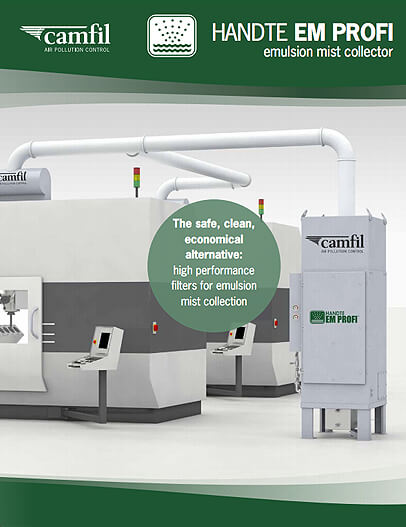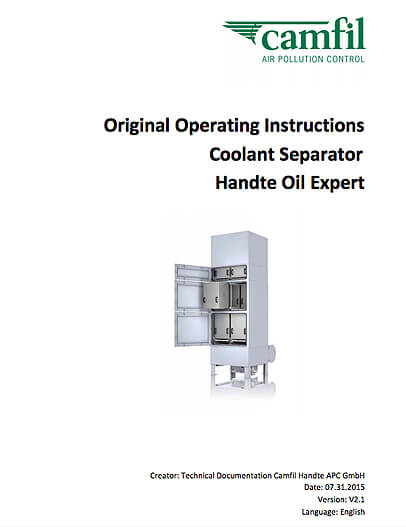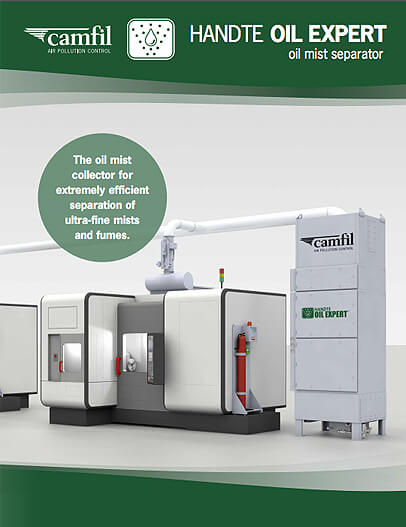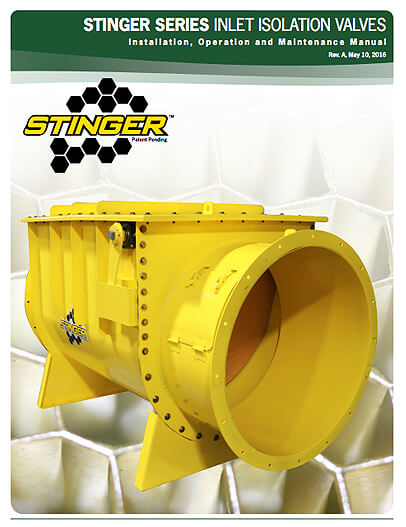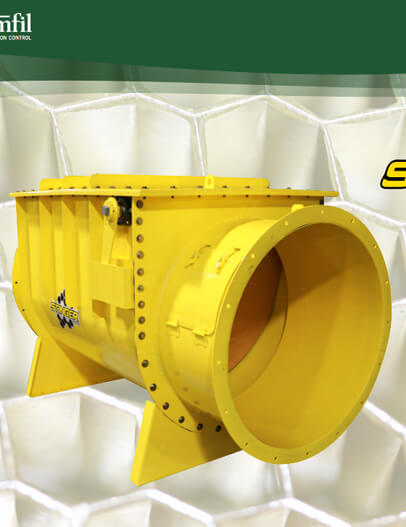There is no one-size-fits-all solution for dust safety and compliance. To truly and effectively mitigate process dust, you need to know your dust and understand how its characteristics affect dust collection and safety. In this blog series, we will explore some of the most commonly produced dusts, discuss how they are generated, the health risks they pose and best practices to mitigate these dusts to protect employees and maintain compliance. Today, we’ll cover crystalline silica, a mineral that is both plentiful and dangerous.
What is Crystalline Silica?
Crystalline silica is one of the most abundant minerals on the planet, presumed to make up 59 percent of the earth’s crust and found in nearly all rocks. It has three main crystalline forms, of which quartz is by far the most prevalent. So it isn’t surprising that silica dust turns up in a wide range of industrial processes and applications.
How is Crystalline Silica Generated?
Crystalline silica is most commonly generated in processes like abrasive blasting. Abrasive blasting is used in construction, maritime work and general industry; cement production; pottery; structural clay, stone and concrete products manufacturing; asphalt pavement manufacturing; foundry production; electronics manufacturing; production of abrasives, paint, soaps, and glass; shipbuilding; filtration in food and beverage production (where silica-containing diatomaceous earth is often used); and hydraulic fracturing.
However, given silica’s abundance in nature, workers can be exposed to it in places that you least expect. Even if your manufacturing operation does not use any of the above processes, there is still a chance your workers are at risk. A good starting point to gauge that risk is to review the Safety Data Sheets (SDS) for all of the materials that you are using. The dust might be identified as crystalline silica, silicon dioxide, quartz, cristobalite or tridymite. Silicon carbide and fly ash are examples of substances that may contain respirable silica. The percentage of silica in the product will affect the OSHA exposure limit that you need to maintain.
Health Risks Posed by Crystalline Silica
The most serious health risk is workers inhaling tiny crystalline silica particles. These particles, called respirable silica, are typically at least 100 times smaller than the typical sand found on beaches or playgrounds. Respirable crystalline silica is generated by high-energy operations like cutting, sawing, grinding, drilling and crushing stone, rock, concrete, brick, block
and mortar, or when abrasive blasting with sand.
When workers inhale these particles, they can be embedded deep in the lungs, increasing their risk of developing serious silica-related diseases, including:
- Silicosis, an incurable lung disease that can lead to disability and death
- Lung cancer
- Chronic obstructive pulmonary disease (COPD)
- Kidney disease
Regulations
OSHA lays out the compliance requirements for facilities that produce silica dust in the Occupational Safety and Health Act. One standard applies to the construction industry and one applies to general industry and maritime. Key takeaways from both standards include:
Reduced exposure limit: The OSHA Permissible Exposure Limit (PEL) for respirable crystalline silica is 50 micrograms per cubic meter of air, averaged over an 8-hour time-weighted average (TWA) work shift. This limit was reduced in 2016 and is two to five times stricter than the previous threshold limits originally established in 1971.
Engineering controls: OSHA requires employers to use engineering controls such as water to keep the dust down, and/or dust collection (ventilation) to capture airborne particulates and keep worker exposure below the 50 micrograms PEL. While engineering controls are the preferred approach, employers are required to prove personal respiratory protection when engineering controls are not able to limit exposures to the permissible levels.
Exposure control plan: Employers are required to develop a written exposure control plan (hazard plan) to show how compliance will be achieved. The plan should also limit access to high-exposure areas and incorporate training of workers on the silica risks and basic safety practices so they can recognize how to limit their own exposure.
Medical surveillance: Medical exams, lung health monitoring and recordkeeping are required for employees who have been identified as “highly exposed workers.” Exposures over 25 µg per cubic meter in an 8-hour TWA over 30 days per year represent an action level that requires medical surveillance. Effective engineering controls are often capable of maintaining silica dust concentrations below this action level.
Best Practices
OSHA has stated in its general provisions that, “The first and best strategy is to control the hazard at its source. Engineering controls do this, unlike other controls that generally focus on the employee exposed to the hazard.” OSHA goes on to say that when a hazard cannot be removed or enclosed completely to isolate it from the workplace, the solution is to “establish barriers or local ventilation to reduce exposure to the hazard in normal operations.” These principles apply not only to crystalline silica but to all hazardous dusts.
A well-designed dust collector is an accepted and proven engineering control that will filter hazardous contaminants to make indoor environments safer and healthier. Dry media dust collectors containing high-efficiency cartridge filters along with HEPA secondary filters are the best control for respirable particulate, ensuring that it will not spread and be inhaled by workers in other areas of the plant.
There are many factors that impact the proper design of the dust collection system. Lab testing of dust samples can play an important role in guiding this design process by identifying the properties of the dust. Environmental factors also impact equipment decisions. Consider these points when designing a dust collection system for crystalline silica dust control:
- Type of capture system: Source capture is the most effective control for dust emissions from any manufacturing process, whether the dust is hazardous like silica or just a nuisance.
- Particle size: The required media for filter cartridges is determined by the dust particle size distribution. For particles greater than 1.0 micron in size, a standard cellulose-polyester blend cartridge filtration media will usually suffice. But if very fine submicron particles are present, a higher efficiency nano fiber media will be required.
- Particle shape: Silica dust is very abrasive due to the particles’ sharp edges and jagged shapes. This is an important consideration as the entire dust collection system must be designed for maximum resistance to abrasion to prevent operational problems and excessive wear and tear to components.
- The effect of moisture: Silica dust is hygroscopic, meaning it will absorb moisture from the air. It is not a difficult dust to collect if the air remains dry, however, if the air is moist or humid, the dust will take on the characteristics of mud and become packed in the filter pleats, reducing filter life. Plants in humid environments will need to take this into consideration when designing and installing a dust collection system.
- Air recirculation: Recirculating the air from a dust collector back into the factory has financial advantages, however, recirculation also requires secondary filtration to ensure that dust does not get released back into the facility.
- Type of cartridge collector: Depending on the collector brand and type, filter cartridges may be installed horizontally or vertically. With horizontally-mounted systems, a heavy dust like silica builds up on the top of filters and is not easily dislodged by pulse cleaning. Vertical mounting allows the high-density silica dust to release uniformly from the filter pleats, reducing the load on the filters and helping to extend filter life.
To learn more about designing a dust collection system that will keep your employees safe and facility in compliance, contact the experts at Camfil APC.




